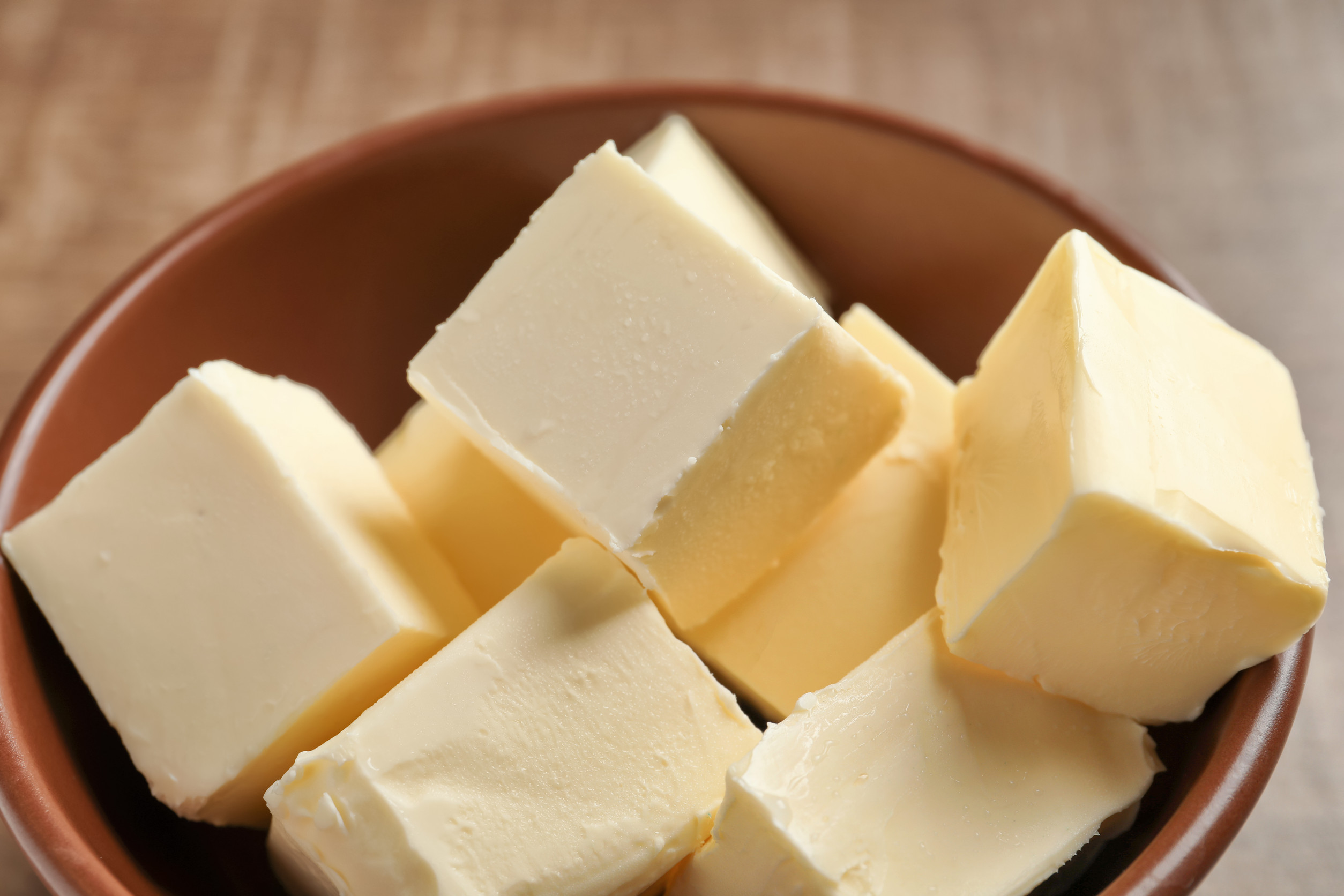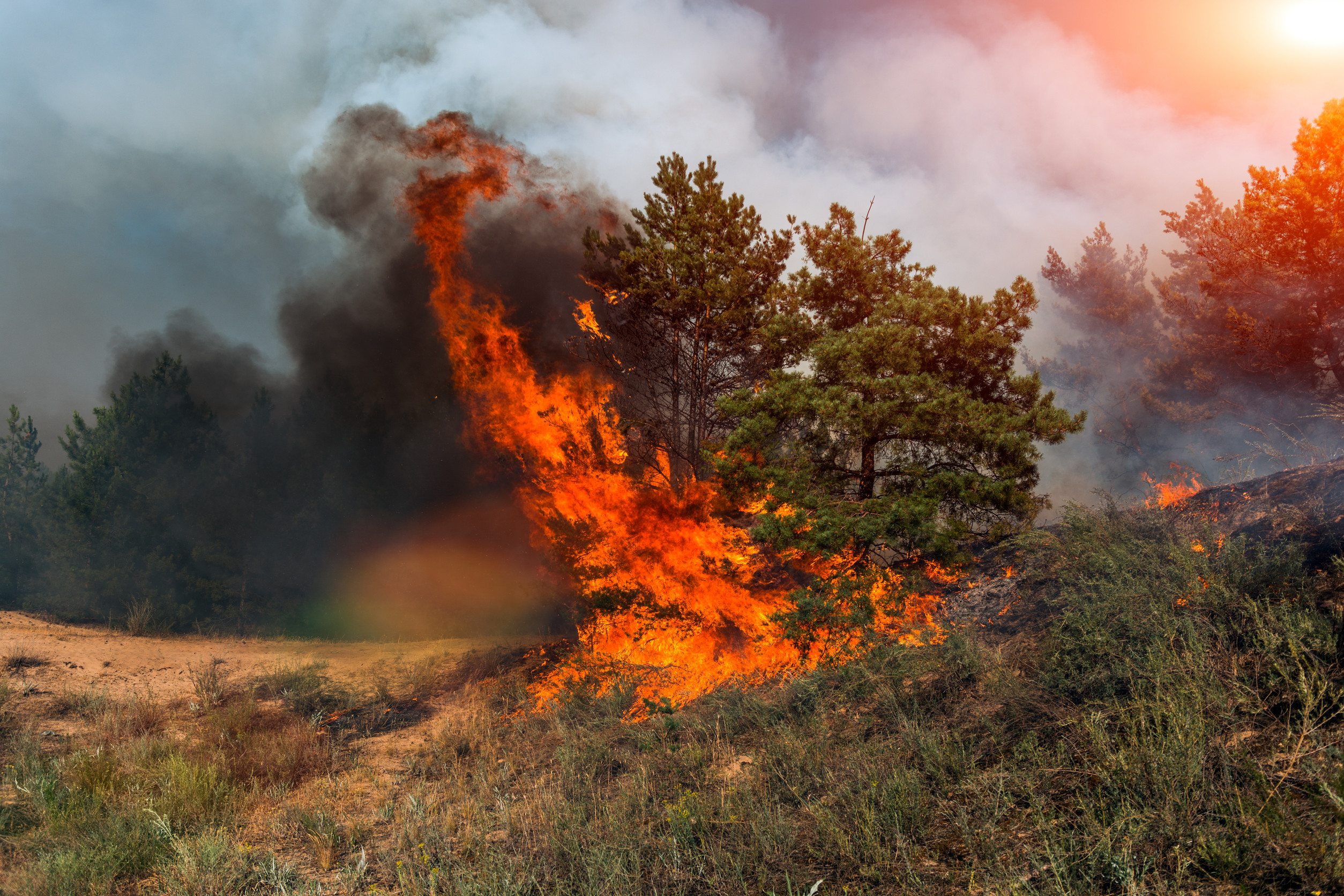Image Credit: serezniy/123rf.com
A California-based startup, Savor, has introduced a revolutionary butter alternative created entirely from carbon dioxide, hydrogen, and oxygen. This innovative product, termed “air butter,” is molecularly identical to traditional dairy butter and aims to provide a sustainable option for consumers seeking to reduce their environmental impact without sacrificing taste.
Savor’s unique process begins with capturing carbon dioxide from the atmosphere and extracting hydrogen from water. These elements undergo a high-tech thermochemical reaction that produces alkanes, which are then transformed into fatty acids and ultimately reassembled into triglycerides, the essential components of fats and oils. The resulting product not only mimics the texture and flavor of conventional butter but also boasts a significantly lower carbon footprint. While traditional dairy butter emits between 5.2 to 14.7 kilograms of CO₂ equivalent per kilogram, Savor’s butter registers at less than 0.8 grams of CO₂ emissions per kilogram.
This breakthrough technology eliminates the need for grazing land, deforestation, and extensive water usage associated with livestock farming, making it a more environmentally friendly option. Currently, Savor’s air butter is available to select partners, including restaurants and bakeries, and has garnered interest from professional chefs, including those recognized with Michelin stars.
Despite the promising developments, Savor faces challenges in scaling production to meet growing demand while navigating food safety regulations. Additionally, the company must address public skepticism regarding “lab-made” foods, emphasizing transparency and the results of taste tests to gain consumer trust.
As Savor prepares for wider distribution, the potential for this innovative butter to reshape the culinary landscape is significant. If successful, it could mark the beginning of a new era in food production where indulgent flavors come without the environmental costs associated with traditional animal farming.
Check out the original article here: Source link



